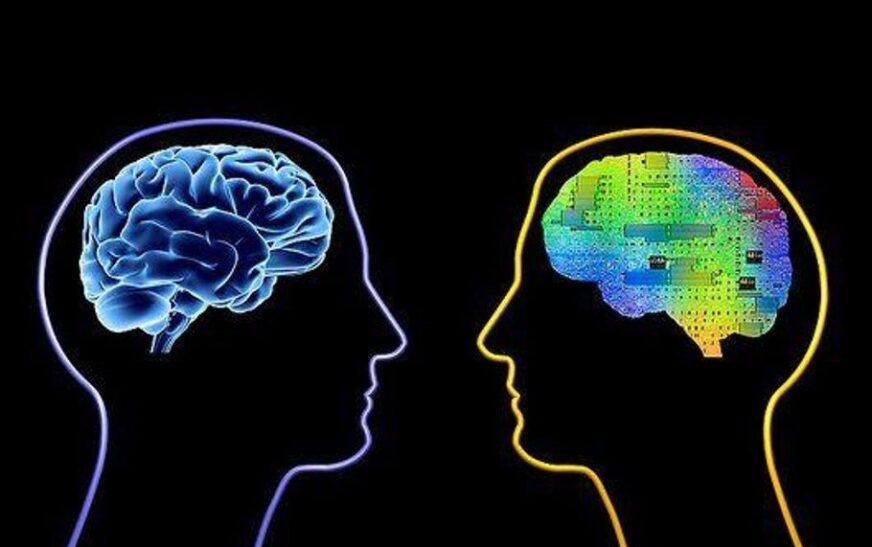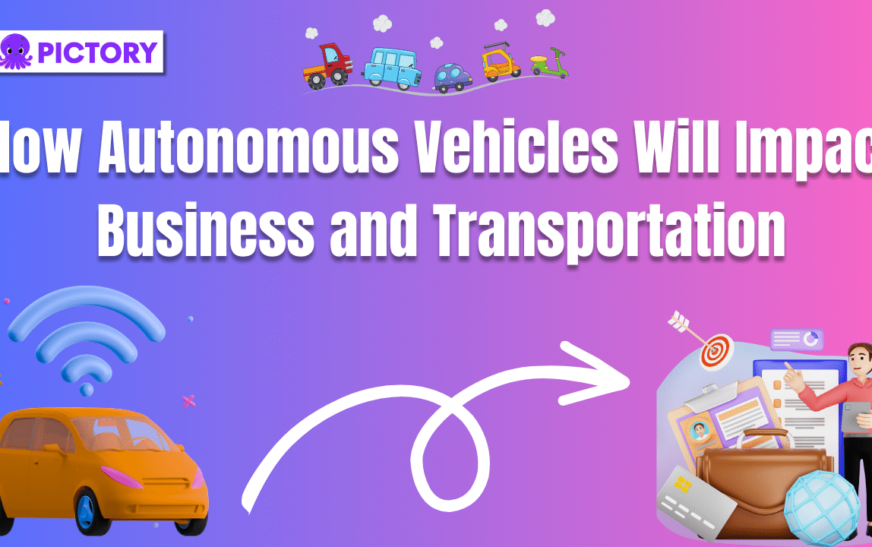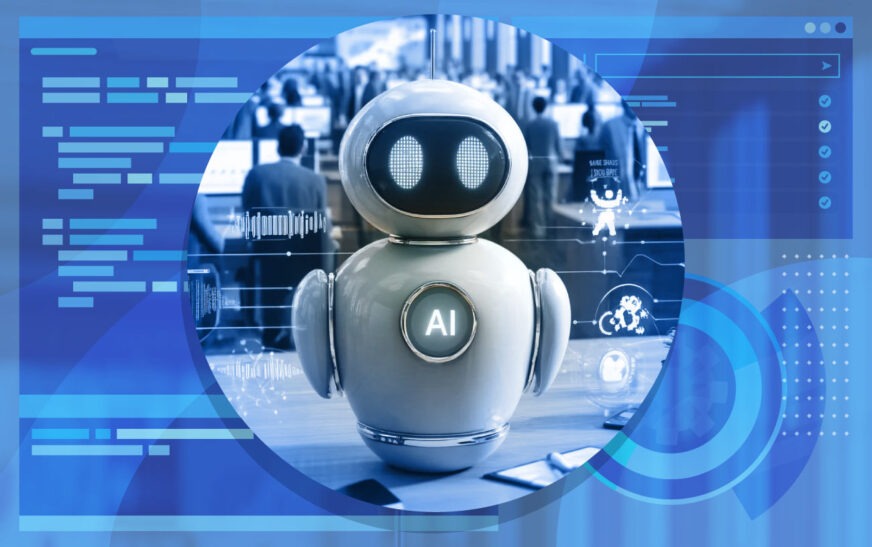Artificial Neural Networks How they mimic the human brain in AI How AI models the human brain.

Introduction to Artificial Neural Networks (ANN)
The world of Artificial Intelligence is a realm filled with endless possibilities, and at its core lies a fascinating concept: Artificial Neural Networks (ANNs). These complex systems are designed to mimic the human brain in remarkable ways, enabling machines to learn from experience, adapt to new inputs, and even make decisions. But how exactly do these networks replicate the intricate workings of our brains? As we delve into this captivating subject, we’ll uncover the similarities that tie together neural networks and human cognition. Get ready for an exploration that blends science with innovation—an adventure into how AI models our very own minds.

What is the Human Brain and how does it work?
The human brain is an intricate organ, central to our thoughts, emotions, and actions. It’s made up of approximately 86 billion neurons that communicate through complex networks of synapses.
Each neuron functions like a tiny processing unit. They transmit information via electrical impulses and chemical signals. This allows us to learn, remember, and react to the world around us.
Different regions of the brain specialize in various tasks. The frontal lobe handles decision-making and problem-solving while the occipital lobe processes visual information.
Neuroplasticity is another fascinating aspect; it enables the brain to reorganize itself by forming new connections throughout life. This adaptability plays a crucial role in learning and recovery from injuries.
Understanding how this remarkable organ operates offers insights into replicating its functions within Artificial Neural Networks (ANN).

Similarities between ANN and the Human Brain
Artificial Neural Networks (ANN) and the human brain share intriguing parallels. Both are built on a network of interconnected units. In ANN, these are artificial neurons; in the brain, they’re biological neurons.
Communication is key in both systems. Neurons transmit signals through synapses, while artificial neurons exchange data using weighted connections. This mimics how we process information.
Learning occurs similarly as well. The human brain strengthens or weakens synaptic connections based on experiences. ANNs adjust their weights through algorithms during training, enhancing performance over time.
Both systems can generalize from previous knowledge to tackle new problems. Just as our brains apply learned concepts to novel situations, ANNs utilize patterns to make predictions or decisions without explicit instructions.
These similarities form the foundation that allows AI models to replicate some aspects of human cognitive processes effectively.

How AI models the Human Brain
Artificial Intelligence utilizes complex algorithms to emulate the human brain’s processing capabilities. By leveraging layers of interconnected nodes, ANN mimics how neurons communicate and process information in our minds.
Each node acts like a neuron, receiving inputs, applying weights, and producing outputs through activation functions. This structure allows AI to learn from data similarly to how humans acquire knowledge through experience.
Training these networks involves feeding them vast amounts of data. During this phase, they adjust their connections based on the outcomes they produce. This continuous refinement is akin to synaptic strengthening that occurs during human learning.
Moreover, deep learning enhances this mimicry by introducing multiple hidden layers that improve abstraction levels. Consequently, AI can discern intricate patterns and relationships within vast datasets just like the human brain interprets sensory information.

Advantages of ANN in AI
Artificial Neural Networks (ANNs) bring a multitude of advantages to the realm of artificial intelligence. One significant benefit is their ability to process vast amounts of data quickly and efficiently. This capability enables them to learn patterns that traditional algorithms may overlook.
Another advantage lies in their adaptability. ANNs can improve over time through experience, just like the human brain learns from exposure. This characteristic makes them particularly effective for tasks such as image recognition and natural language processing.
Moreover, ANNs are highly versatile. They can be tailored for various applications, from healthcare diagnostics to financial forecasting, showcasing their flexibility across different industries.
Their capacity for non-linear problem-solving also sets them apart. Unlike linear models, ANNs can tackle complex relationships within data, making them invaluable in addressing real-world challenges where simple solutions fall short.
This combination of speed, adaptability, versatility and complexity positions ANNs at the forefront of AI innovation.

Limitations of ANN in AI
Artificial Neural Networks (ANNs) have revolutionized many areas of artificial intelligence. However, they come with notable limitations.
One significant drawback is the requirement for vast amounts of data. ANNs learn through experience, and without sufficient training data, their performance can suffer dramatically.
Another limitation lies in interpretability. These networks often operate as “black boxes,” making it challenging to understand how decisions are made. This opacity raises concerns in fields requiring transparency, such as healthcare or finance.
Additionally, ANNs can be computationally intensive. The processing power needed for complex models makes them less accessible for smaller organizations or projects with limited resources.
Overfitting is also a common issue; networks can become too tailored to their training data and struggle to generalize to new information effectively. Addressing these challenges remains critical for advancing AI technologies further.
Future Implications and Possibilities for ANNs in AI
The future of Artificial Neural Networks (ANNs) in AI holds tremendous potential. As technology advances, we can expect ANNs to become more sophisticated and efficient. This evolution may lead to breakthroughs in fields such as healthcare, where neural networks could analyze complex medical data for better diagnostics.
Moreover, the ability of ANNs to learn from vast datasets will enable personalized experiences across various sectors. From tailored recommendations in entertainment to adaptive learning in education, the possibilities are exciting.
Another intriguing prospect lies in the realm of creativity. Future ANNs might not just mimic human thought but also generate original content—artwork, music, or even literature—that resonates on an emotional level.
As researchers continue to explore the intricacies of brain function and replicate these processes within artificial systems, we may unlock entirely new capabilities that redefine our understanding of intelligence itself. The journey ahead is one filled with innovation and discovery.
Conclusion
Artificial Neural Networks (ANN) represent a fascinating intersection of technology and biology. By drawing inspiration from the human brain’s architecture, these networks strive to replicate how we think, learn, and process information. The similarities between ANN and the human brain offer intriguing insights into both fields.
As AI continues to evolve, understanding how it models the complexities of our brains enhances our ability to innovate further. While ANNs present numerous advantages in terms of efficiency and performance across various applications—such as image recognition and natural language processing—they also come with limitations that researchers are actively working to overcome.
The future holds exciting possibilities for Artificial Neural Networks within AI systems. As they improve in mimicking cognitive processes, we may unlock new frontiers in machine learning that could transform industries. Embracing this journey not only deepens our comprehension of intelligence but also shapes an era where machines complement human capabilities seamlessly.
Exploring ANNs’ potential opens doors for advancements previously thought unattainable. The relationship between neural architectures and their biological counterparts will surely continue to inspire innovation in artificial intelligence for years to come.






